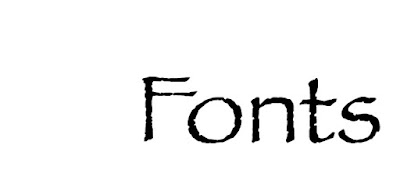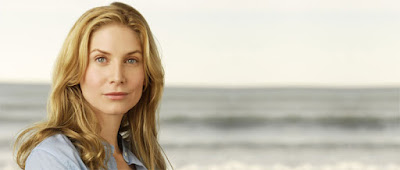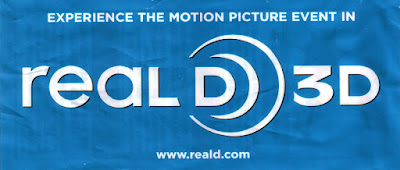I graduated with a degree in Motion Picture Production. Ever since I started to study film--and not just make movies for fun--I have focused on filmmaking. When I shoot events, I
shoot them like they were a movie as much as possible. I attend rehearsals, I practice my motion, I consider my options for angles... and I work with everyone at the event so I can get the best shots possible.
And I tend to like what I get after cutting an hour long event down to a few minutes of brilliance.
I am not a videographer. I've only shot two dance recitals in my life, and neither of them went how I would have liked. The first was a mad scramble to try to get everything set up properly and then grab some good shots from the back of the theatre--which, from my experience shooting weddings, is not the way to get good footage. In the end, I didn't even get the kinds of shots my friend wanted and the whole thing ended up almost completely unusable.
Which, going from a professional filmmaker to a worthless videographer didn't help endear me to the process.
The second event was last night. The location was over an hour and a half away and traffic was unaccountably slow. This meant I only had a few minutes to set up. I arrived and no one knew I was supposed to be there. My one contact was busy trying to get the event started, so I just did my own thing. I was told where I could shoot (which turned out to be great because I was right next to the sound guy who was kind enough to get me an audio feed), and the event just started. No warning whatsoever.
As a filmmaker, all of this smacked against my production values. Where's the "lights, camera, action"? Wouldn't it be good to check the audio feed before we get going so we know we have the microphones in the mix as well? We didn't. And, again, I found myself in the videographer's position: in the back.
I couldn't white balance between dances--where they change the light colors and throw everything out of whack. And I had no say over the color of the lights or the costumes--several times cherry red, which "bleeds" and smears on camera. I had no idea where the action was going to be next. And, honestly, since I haven't shot very many dance recitals, I found myself panning to the wrong place and missing the interesting action.
Oh, and the event was well over two hours long.
Six hours after I left, I was back home. I had footage I wasn't proud of, of an event that wasn't particularly interesting, with no focus on a particular person or event that an audience would want to watch again. Granted, I've been to dancer's houses when they've shown me their recital tapes. I realize that seeing the thirty seconds of themselves on a two hour DVD makes it worth watching the whole thing to them.
But me?
Editing is what makes dancing worth watching.
Sorry, this post drifted into my personal frustrations a wee bit much. Let me sum up. I am not a videographer because:
- I like to control my shooting environment
- I like to rehearse my shots
- I like to edit events down
- I like to be in the midst of the action
- I like to work with those I am shooting, not for them
- I like to know the equipment is set properly
- I like to adjust everything to get a better shot
- I like to be in control
- I like to like what I've produced at the end of the day
I have a new respect for videographers. They have a rough job, and I see now that it requires many hours of practice to get good at it.
But I'm not sure I'll ever get those skills because I hate not producing stellar footage for people in the mean time, and I hate driving to places I've never been (as I tend to get lost). It's just not worth the stress on my end, and the potential failure to get anything usable.
~Luke Holzmann
Your Media Production Mentor





